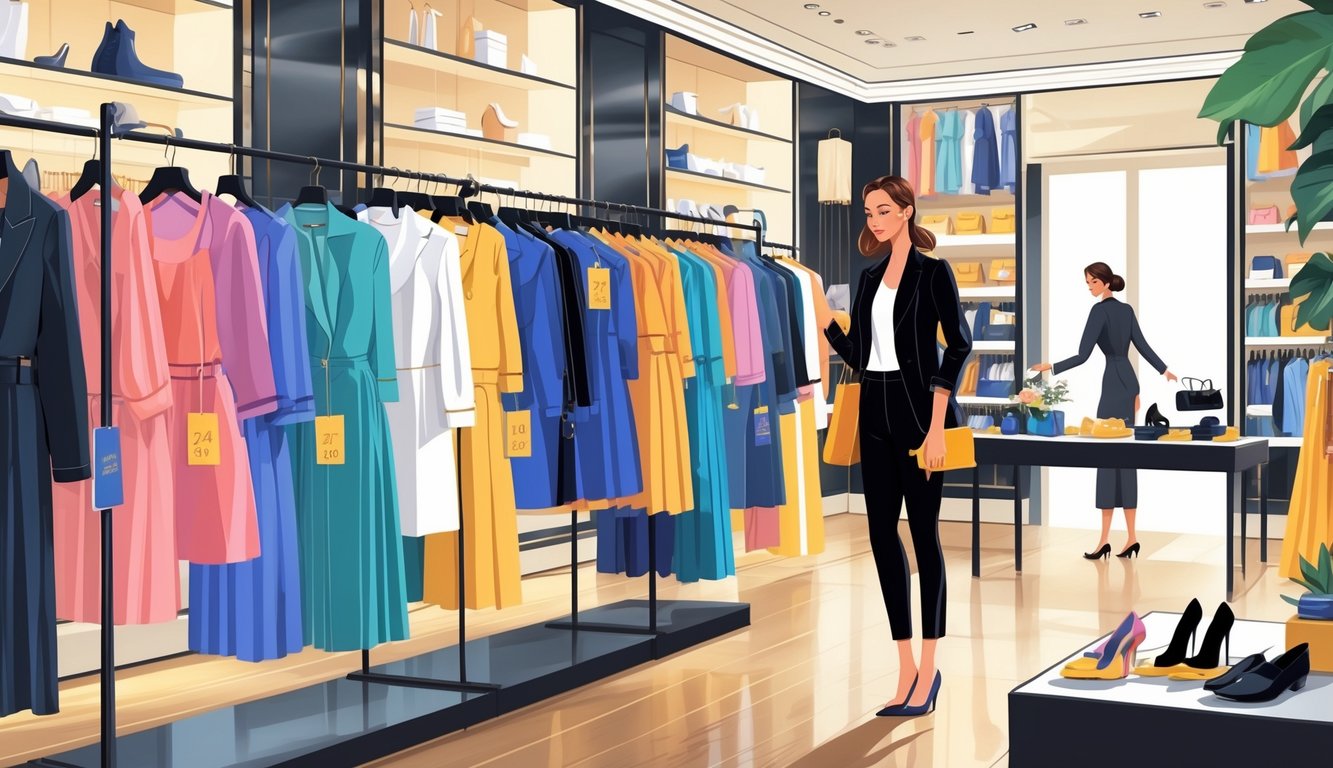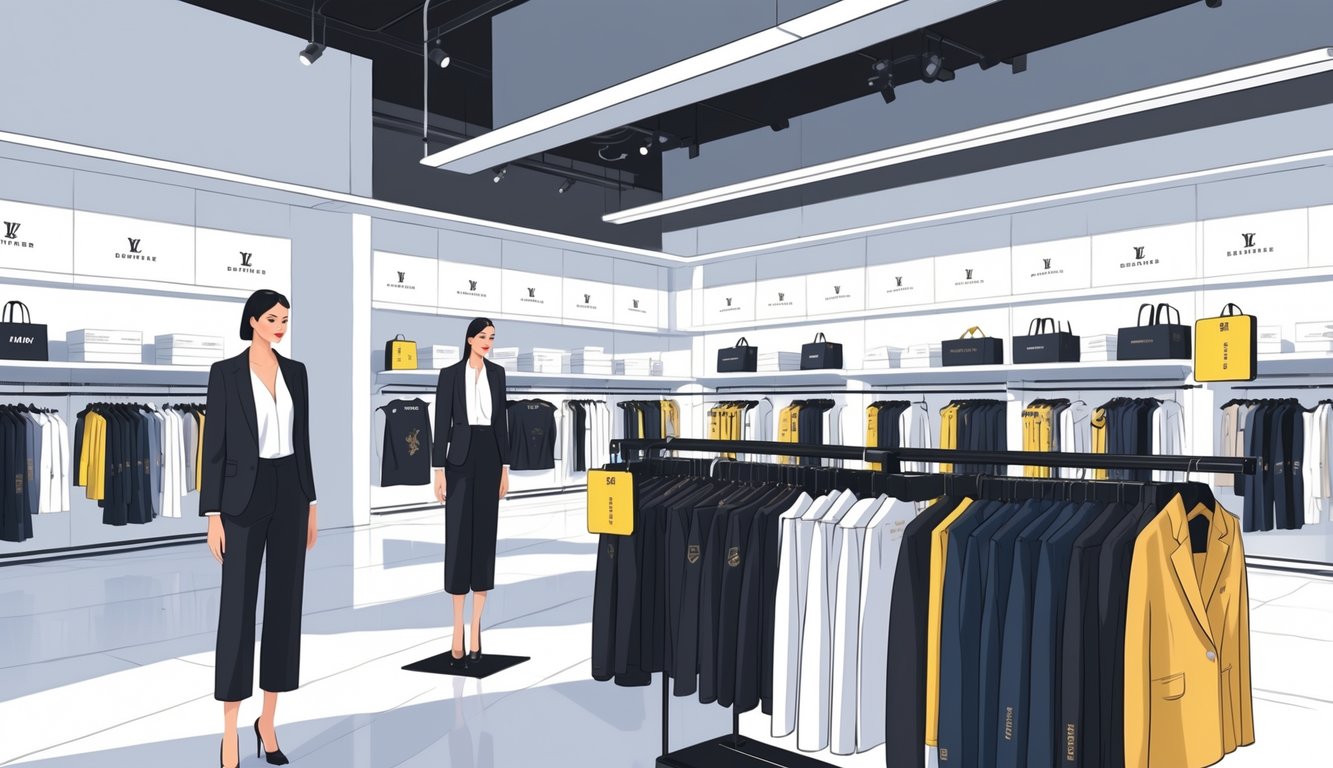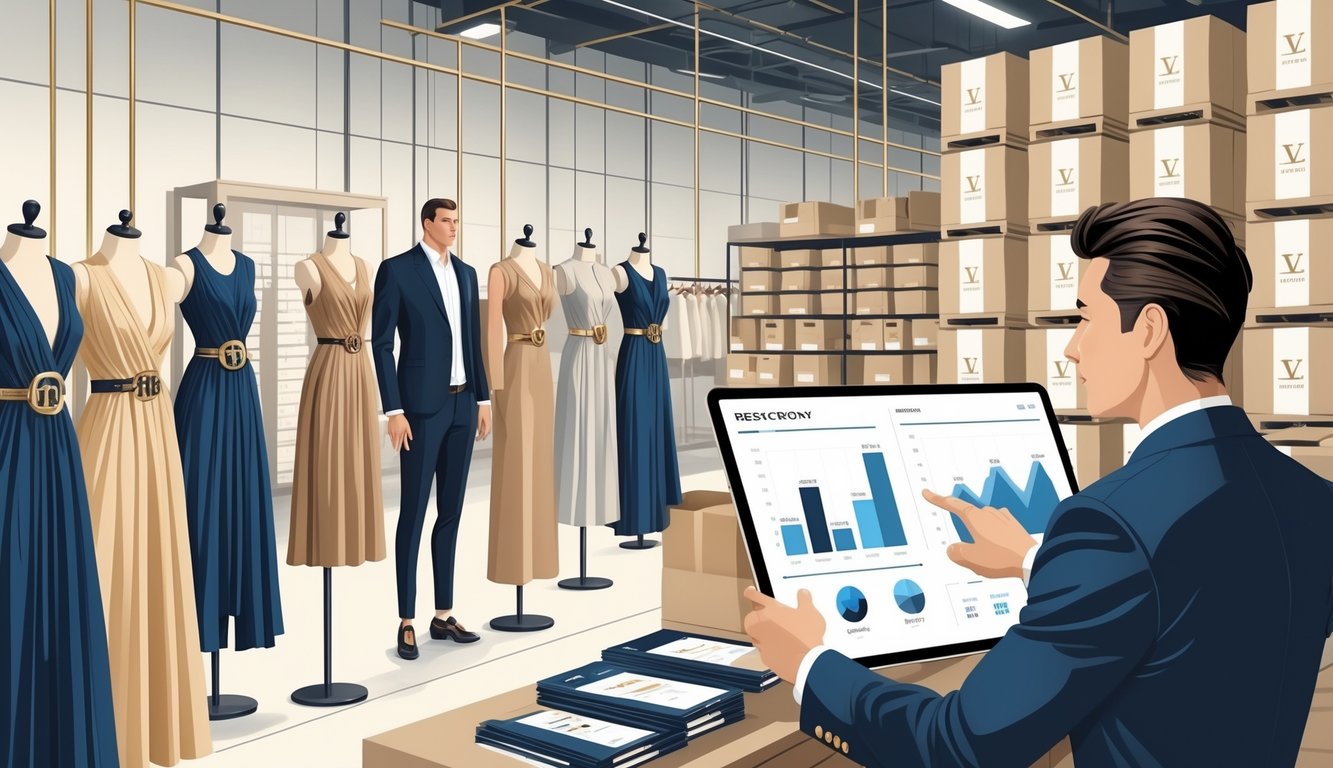
I mean, have you seen the clearance racks lately? It’s like designer bags are multiplying—MyTheresa’s report says surplus is up 44%. Feels like déjà vu, 2008-style, except now even Chanel’s prices are falling back to reality. Suddenly, labels are hacking prices on stuff they can’t sell, and for the first time in years, actual discounts are back in luxury. If you’re still haunted by that $5,000 coat you skipped, maybe now’s the time to stalk it. Just last week, I watched someone snatch up “sold out” sneakers at some outlet in the middle of nowhere—tags still on, nobody cared. Meanwhile, Vogue’s quoting insiders who admit even the big names are struggling to move inventory.
Let’s be real—the whole “never discounted, always exclusive” story falls apart when billions in unsold bags and shoes pile up (and that’s not just gossip, it’s straight from the WSJ). Friends keep telling me it’s just a blip, “temporary market turbulence,” but how do you explain the sudden explosion of logo tees in off-price bins? There’s no tidy answer: TikTok trends collapse, the euro goes nuts, shoppers get bored. Feels like every platform I check is swimming in markdowns, but that quilted tote from last season? Still stalking me like a browser ghost.
What’s bugging me most about these price drops? Outlets, “secret” private sale links, all of it—most people have no idea brands are slashing prices because they have to, not because they want to be nice. I keep hearing that old resale tip: buy classics, ignore hype, don’t expect this to last. But honestly, does anything in fashion ever really disappear? I doubt it.
The Phenomenon of Designer Price Drops

Here’s what’s actually driving me nuts: Chanel, Gucci, Louis Vuitton were hiking prices just last year, now suddenly they’re discounting shelves and pretending it’s business as usual? I’m checking receipts twice. Bain says some luxury brands saw sales drop up to 25%. Shoppers who used to drool over new Celine or Prada are now swapping tips on markdown racks and resale finds. Prestige is nice, but unsold inventory? That’s what really forces prices down.
Understanding the Sudden Return of Price Drops
Handbag prices jumped 8–10% back in 2022, nobody blinked. Now it’s 2025, and brands are drowning in leftovers, hacking prices just to clear space. You’d think the snob factor would hold, but when Prada openly complains about slow sales and Hermès can’t move bags, that says it all. I asked a boutique manager—off the record, obviously—and she said regulars stopped coming after the last price hike.
So now it’s this weird limbo: luxury brands playing catch-up, dropping prices after years of inflation. Sure, inflation and shoppers losing patience with mystery pricing are part of it, but maybe the old luxury rules just broke. Retailers call it “realigning with demand,” but those clearance tags scream panic. I don’t care what the earnings calls say.
Historical Context in the Fashion Industry
People love to pretend this is unprecedented. It’s not. My old boss—20 years in Paris and Milan—swears she’s seen this before. The 2009 crash? Even uglier. Brands panicked, slashed prices, moved piles of stock. Now, post-pandemic, loyalty’s out the window. Bain says 50 million luxury shoppers defected in two years.
Back then, exclusive meant “don’t even ask about discounts.” Now, deep cuts are everywhere, and social media amplifies every markdown. Secondhand and outlet shops are bracing for waves; apparently, handbags make up 45% of luxury revenue now. The cycle’s obvious: adapt or repeat old mistakes. It’s not nostalgia—it’s survival.
Drivers Behind Unsold Stock in Luxury Fashion

It’s always the same—mountains of unsold inventory in Paris, execs sweating bullets. LVMH had €3.2 billion in leftovers last year, Kering’s at €1.5 billion. Nobody’s calling that healthy. Shareholders aren’t laughing either. It’s just funny to remember all those “permanent exclusivity” sermons from 2015.
Consumer Demand Fluctuations
Last season’s “must-haves?” Dust collectors. I’ve seen boutiques quietly discount “investment bags” from ten years ago because trends flip so fast now. Microtrends—like “quiet luxury”—come and go in a week.
Gucci’s velvet pantsuits? Hot for ten days, then influencers dumped them, now they’re just cluttering storerooms. It’s not just the usual style churn; it’s algorithm chaos. I still see $2,000 slides on resale sites.
Seasonality means nothing when fast fashion copies everything overnight. No algorithm can predict when a TikTok flop will kill a whole product line. Even die-hard luxury fans are bailing. Bain’s Claudia D’Arpizio flat out said, “zero leftovers” isn’t happening.
Global Economic Uncertainties
Not just COVID. Interest hikes, trade drama, China market freak-outs—every new twist wrecks forecasts. A Milan contact told me their “guaranteed” preorders from Hong Kong vanish if a rumor hits WeChat. Suddenly, shelves are full of last year’s Asia-only colorways, now totally unsellable.
Even in strong markets, people put off big buys during inflation spikes. Interest rates jump? Suddenly that $3,000 bag feels like skipping rent.
Executives on earnings calls love to call excess a “strategic reserve.” Meanwhile, Morgan Stanley’s Q1 2024 luxury tracker just says what everyone’s thinking: unsold inventory is eating margins, and it’s not going away on its own.
Supply Chain and Inventory Challenges
AI won’t fix overstock. Delays, overconfident ordering, logistics screw-ups—plans go up in smoke. A friend in Paris told me, “We get summer sandals in October, when everyone wants boots. Bon appétit.”
So what’s the supposed fix? “Smart inventory management,” whatever that means. Execs still chase volume, hoping demand magically appears. Barcodes, RFID, spreadsheets—none of it closes the gap between forecast and reality.
France’s 2020 ban on destroying unsold clothes? Nice idea, but it just pushed brands into more discount outlets, “employee sales,” and donations. Brand equity tanks—a $1,200 dress turns into thrift-store fodder. Meanwhile, luxury’s shelf ghosts keep haunting the bottom line, right next to that python clutch from 2021.
| Issue | Specific Example (2023–2024) |
|---|---|
| Delayed shipments | Sandals delivered in autumn |
| Overordering | Asia-focused lines not selling |
| Regulatory hurdles | France ban on product destruction |



